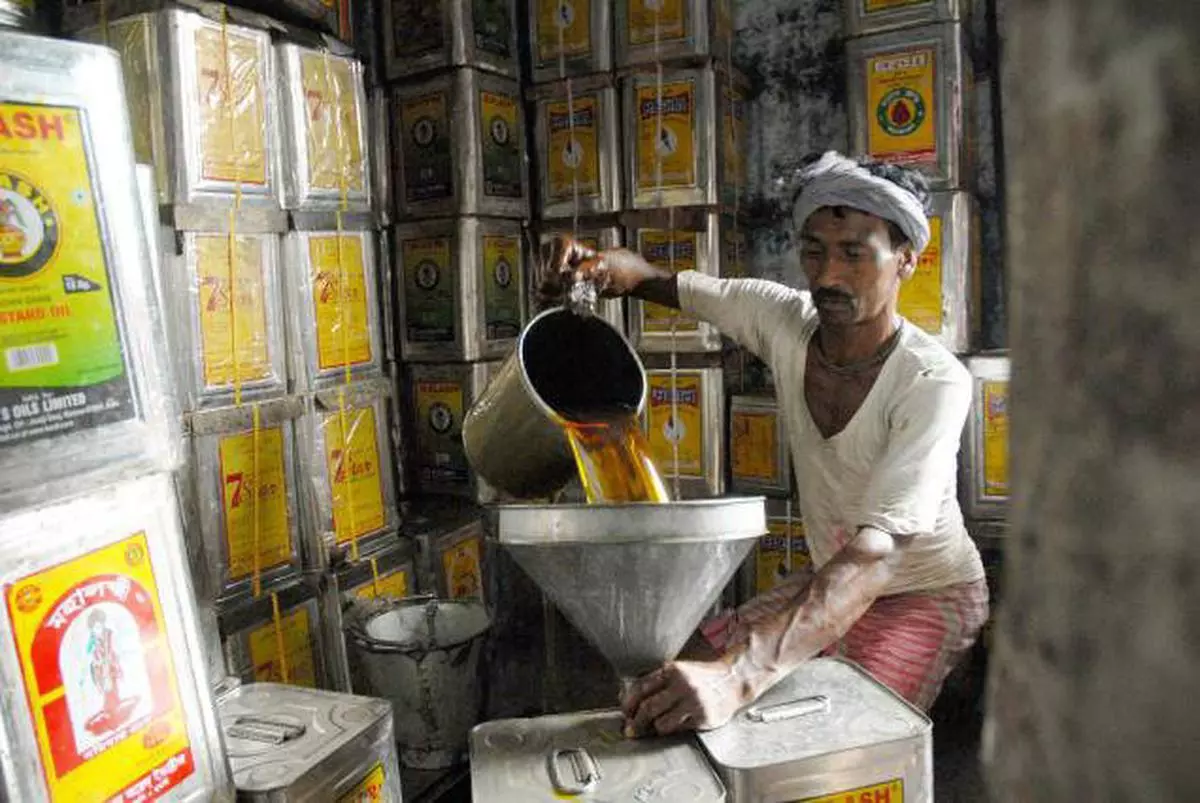India’s edible oil imports are likely to touch the 10 million tonnes (mt) mark in marketing year (MY) 2011-12, which runs from November 2011 to October 2012.
In MY 2010-11, India imported 8.37 mt, Raju Choksi, Vice-President (Agro-Commodities), Anil Nutrients Ltd, told Business Line here on Wednesday.
Poor crop output this year due to deficient rainfall in key growing areas is likely to push the imports by around 20%. Edible oil imports during the 10 month period from November 2011 to August 2012 rose by 20.7% to 7.98 mt, he said, citing the data from Solvent Extractors Association.
Most of the rise in imports has come from RBD palmolein, sunflower oil and soybean oil, which is likely to continue. While India imported 818,640 mt in the November 2010-August 2011 period, it has already imported 1,404,640 mt of RBD palmolein in the November 2011-August 2012 period. Similarly, 969,181 mt of sunflower oil (680,487 mt) and 927,970 mt of soybean oil (699,367 mt) have been imported by August-end in MY 2011-12 this year.
“India’s edible oil consumption is growing at a far more rapid pace than its production. Despite government’s incentives, the growers are not going for oilseeds crop as other cash crops are giving them better returns. Growers are also skeptical about oilseeds due to increased uncertainty about weather conditions,” said Raju Choksi.
Higher demand compared to production and high prices is leading to a shift in consumption of cheaper oils, Raju Choksi said. “This year, the production is likely to be even lower due to deficient monsoon. So
marketing year 2012-13 is likely to see even higher imports,” he added.
Gujarat, a leading groundnut oil producer, is likely to lose over 90% of groundnut crop this Kharif season due to late monsoon and prolonged dry spell, according to Samir Shah, President, Saurashtra Oil Millers’ Association (SOMA).
Acreage-wise, the area under groundnut decreased by 25% to 11.87 lakh hectare (ha) this year, as against 14.27 lakh ha in 2011.
Overall, only 68% of the normal acreage of oilseeds has been cultivated this year in the state.

